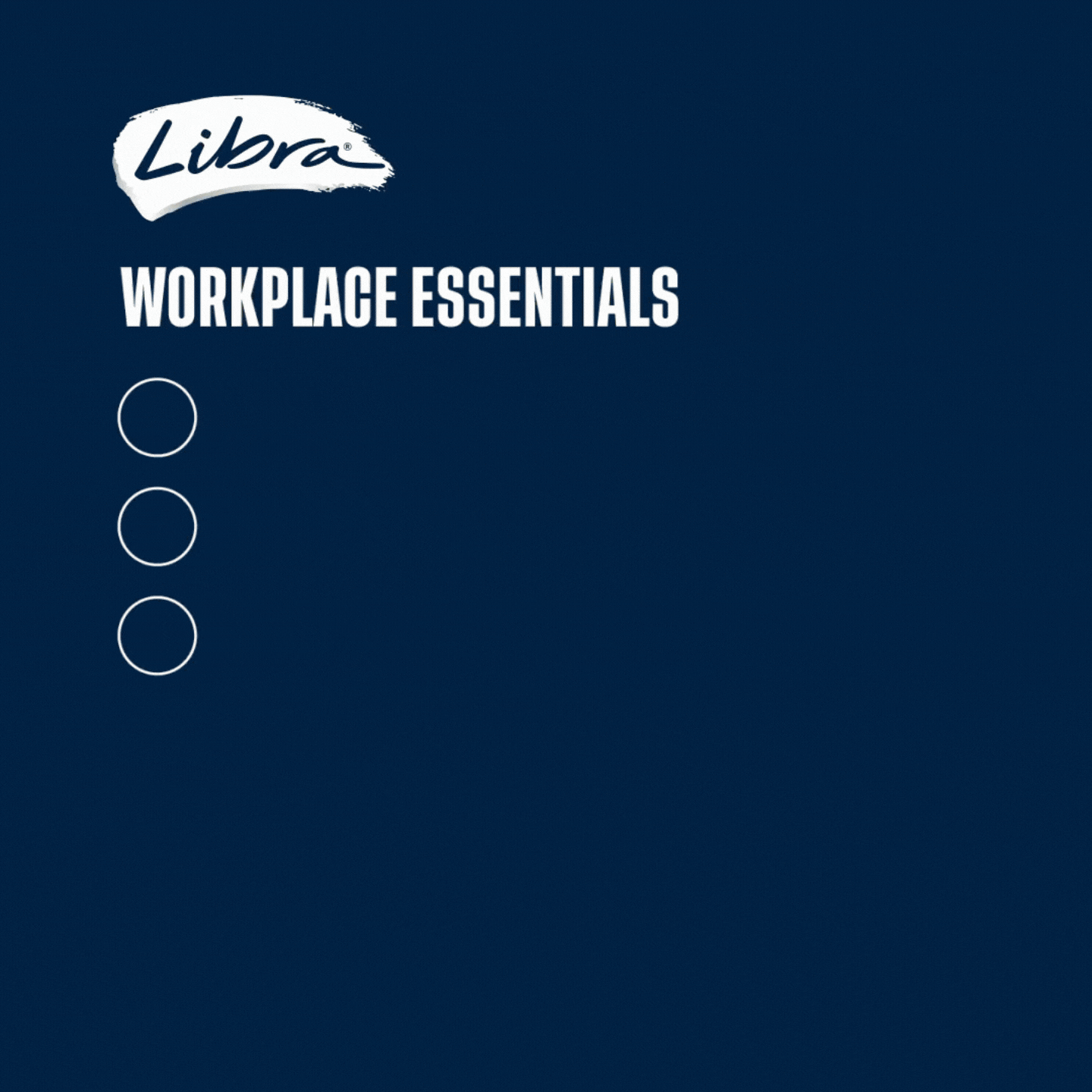An organisation supporting older women living in poverty and homelessness has launched a discussion on Twitter about the troubling landscape for ageing women in Australia today.
Twitter users @homeforwoman and @flickreynolds encouraged participants to share their own stories of poverty or homelessness, or stories of women they have come into contact with, as well as to propose solutions to the ongoing problem of poverty in older women.
Older, single women are currently the single most disadvantaged demographic in Australia. This is because the myriad inequalities, structural barriers and roadblocks in a woman’s life compound over a lifetime, and by old age those gender-based setbacks lead to a lack of financial independence and, in many cases, poverty and homelessness.
When you consider the number of financial inequalities women face throughout their lifetime, it is clear why for so many women these compound to induce poverty late in life.
Homelessness support organisation Housing for the Aged described the issue as “a perfect storm of time spent out of the workforce/pay inequality/less super and limited affordable housing”.
Those women who work earn 18.8% less than men, on average. Over a working lifetime, this pay gap leads to a wide discrepancy in overall earnings and savings for women.
On top of the pay gap, earning capacity is compromised again for women when they take time out of the workforce to have children. With the fluctuating and often underwhelming state of paid parental leave, having children often means weeks of unpaid leave for women. With each child and the consequent hours spent undertaking unpaid labour, this loss is compounded, and results in large overall losses in income over the period of a working life.
When working mothers do return after parental leave, many return to part-time or casual work, meaning women are consistently overrepresented in these job classes. The income loss from working part time in order to raise small children again contributes to overall losses in earnings, as does working casually.
As a result of the pay gap, working women have less disposable income over their lifetime. This means that fewer women are able to own property, which in turn means they lose the stability of shelter in old age that comes with owning your own home. Many women still live in homes owned by their partner, and then find themselves homeless following a relationship breakdown.
Another result of the pay gap and income discrepancies for women is that women earn significantly less superannuation over their working lives. Currently, women retire with approximately $92,000 less super than their male colleagues. This loss in retirement savings also contributes to poverty in old age.
The picture is worse still for women who do not work, and who dedicate their lives to raising children. For these women, a lifetime of unpaid labour leaves them financially dependent and, when death or divorce leaves them alone in old age, they can find themselves impoverished.
The results of these compounded inequalities are supported by statistical evidence. According to the Equal Rights Alliance, of those Australians who are single, over 45, earn less than the median wage and do not own their own home, 62% are women.
According to Housing for the Aged, approximately 70% of those seeking its services are women, most of whom are living in poverty following a relationship breakdown.
39% of women who live alone are over the age of 70, while only 19% of men who live alone are. Almost half of the men living alone are under 50, while for women this figure is only 26%.
As Jane Caro pointed out during yesterday’s discussion, this issue is by no means novel.
“Single women and widows have lived very precariously throughout history, depending on charity,” Caro wrote on Twitter.
The prevalence of poverty and homelessness among older women are even more troubling when you consider Australia’s current rental prices. In some Sydney suburbs, weekly rent alone is 38% more than the existing pension.
Cuts to refuges and affordable housing in recent years also mean the safety net for older women living in poverty is narrowing. Worse again, the Equal Rights Alliance expects overall rental stress in Australia to increase in coming decades.
The Australian Human Rights Commission issued a report in 2009 on gender-based poverty, which summed up the issue concisely:
“Instead of accumulating wealth through the retirement income system as intended, due to experiences of inequality over the lifecycle, women are more likely to be accumulating poverty,” the report read.
So how can we solve this thus far intractable problem?
Writer and early education consultant Lisa Bryant said a solution requires the public to be more aware of the extent of the problem.
“Document it, increase public’s perception of the problem, advocate… and provide more social housing,” Bryant wrote.

